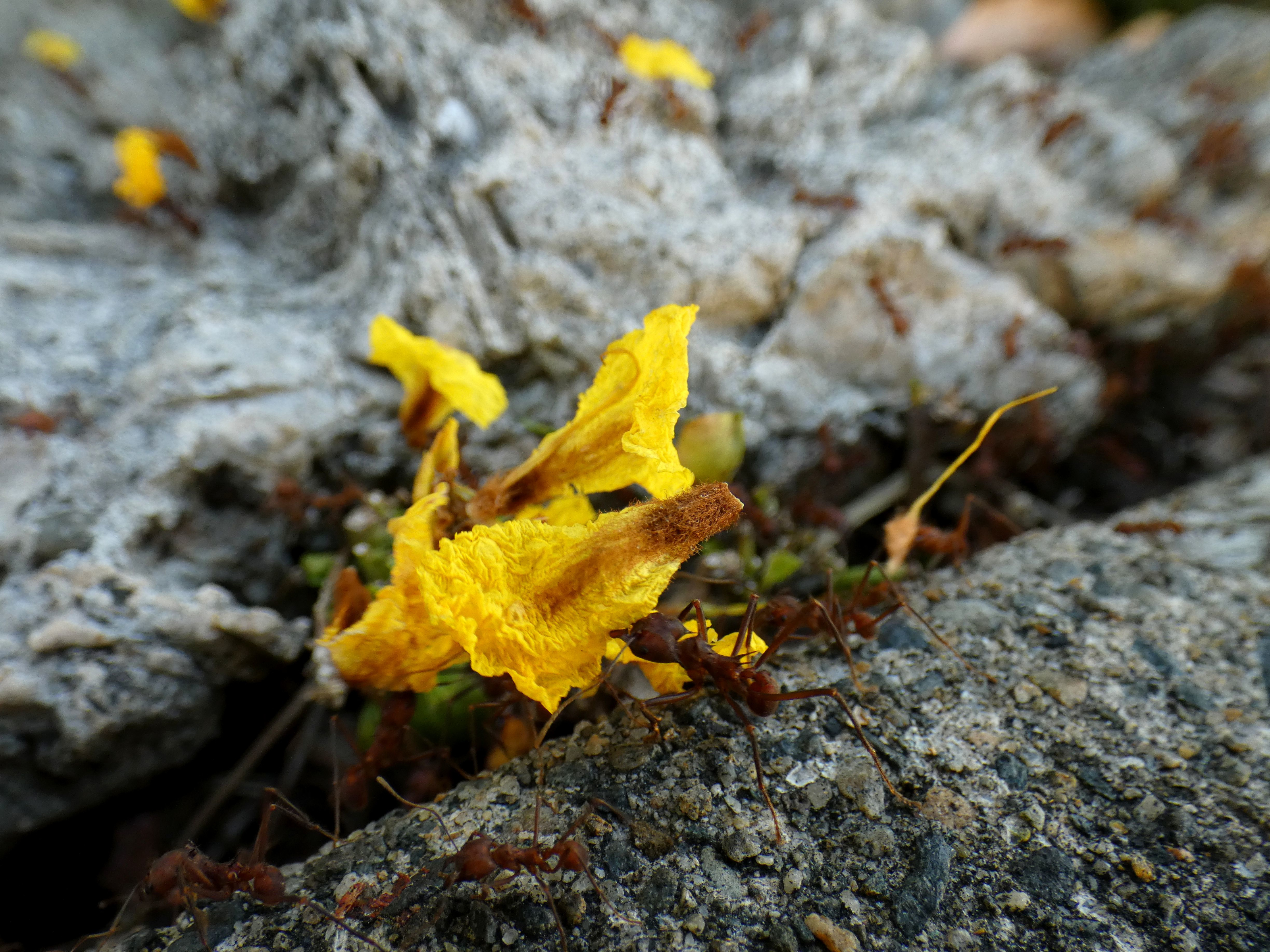Cabinets of Curiosities by Cedrik Fermont

I decided to create a selection of sounds connected with the idea of archiving. To a certain extent, I feel a personal connection with some of these recordings, as I travel a lot and have visited some of the documented places. Listening to some of these brings back memories of being there myself.
These recordings are like fragments that preserve moments of life: traces of human memory, daily activities, or nature itself. I wanted to explore what kinds of sounds and recordings are most strongly linked to memory and history. Part of this collection documents soundscapes from both past and present. Some were captured using technologies that may one day disappear, or which are now used only by niche recordists and musicians. This vanishing of techniques mirrors the disappearance of species and the loss of certain soundscapes themselves.
It was also important for me to include sounds recorded in different parts of the world, not just in Europe or the United States. I was drawn to obscure and private recordings such as old tapes, answering machines, personal tape-letters; memories that might otherwise have been lost forever. Some of them document everyday life and together they remind us of our shared humanity.
My selection may sound sad or dramatic at times because it reflects today’s world, where the sound of glaciers might disappear, animals are being silenced or forced to extinction due to human factors; ethnic groups, cultures, and languages might be erased in the name of war and domination. This is why my selection includes a Ukrainian song that points to the terrible side of humanity but also to hope and preservation. It also reminds me of my own time in Ukraine in April 2025, when I unfortunately experienced the sirens, bombings, and explosions first-hand and visited the square where this woman had been recorded singing two years prior. In her voice she preserves a song, a culture that another government seeks to erase. I believe it carries more weight than the sounds of destruction.
Other selections highlight endangered elements of our sonic world: batrachians under threat, or the calls of hawkers and street vendors whose voices are slowly vanishing as governments impose restrictions, cities change, and people shift towards shops and online markets. These hawkers remind me of a time when they existed in Europe too—the time of my childhood. Languages and voices, too, are fragile, and their presence in these recordings is a reminder of diversity that may not endure. But I also wanted to include examples of quietude that we tend to miss, such as a recording comparing the sonic landscape of a place before and after the Covid crisis—perhaps an obvious choice, but still, a moment that opened our ears to our sonic impact and to the space our activities occupy.
And for those who like to hear what we can’t hear without amplification—these imperceptible, tiny sounds that surround us anonymously—why not conclude with ants walking on contact microphones?
Ultimately, this is of course a subjective collection: a cabinet of curiosities in sound.